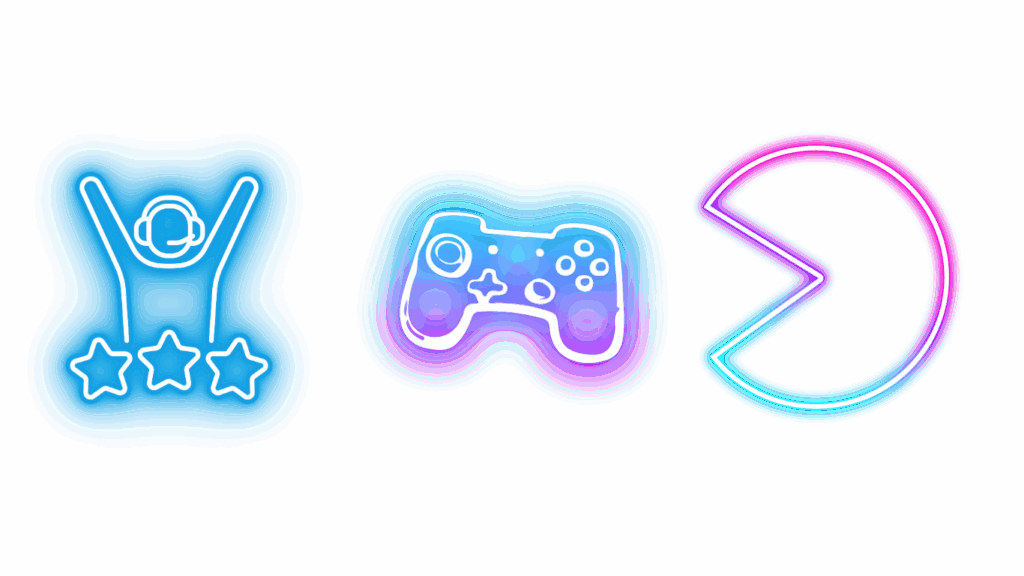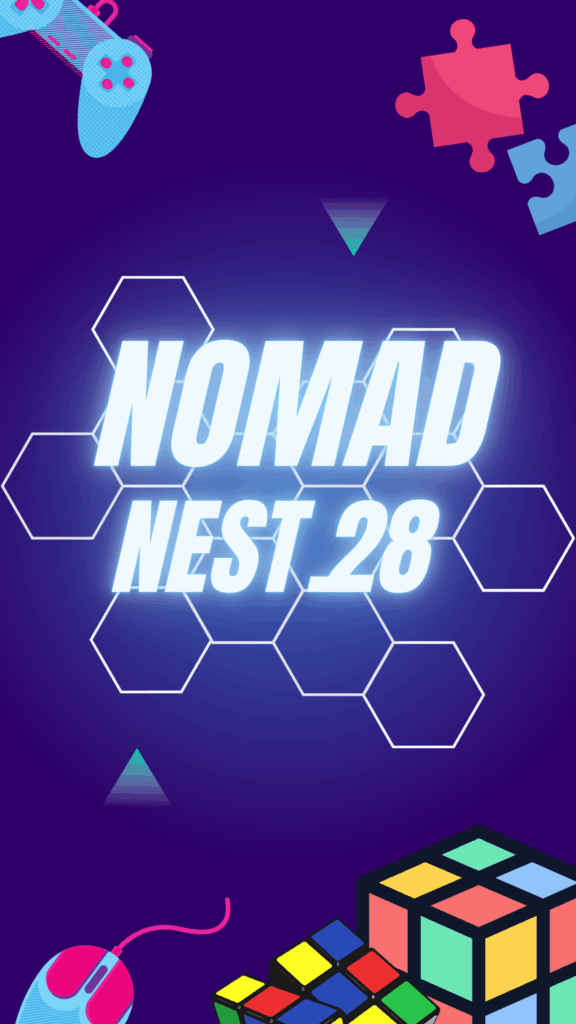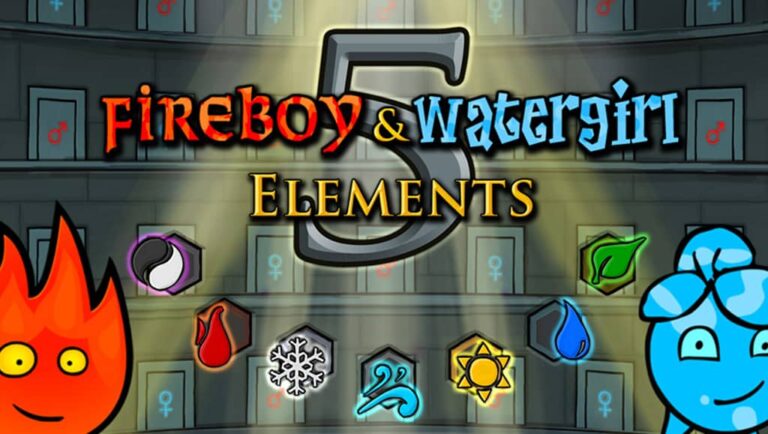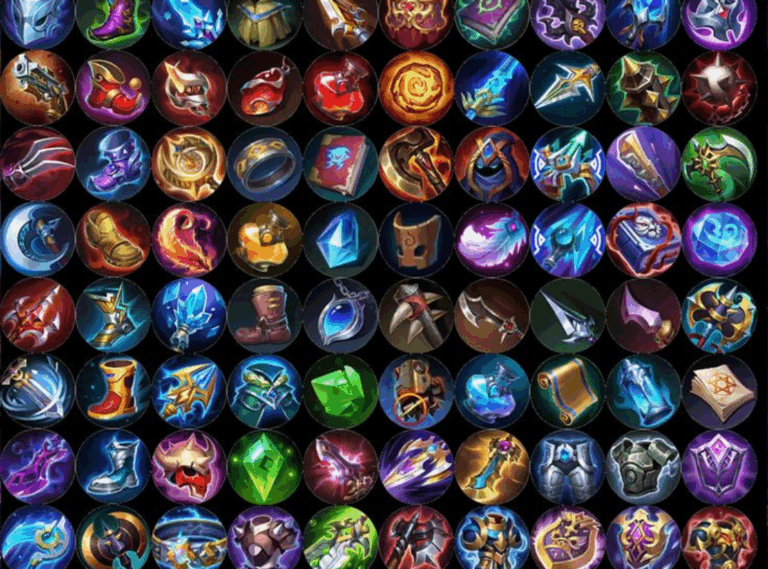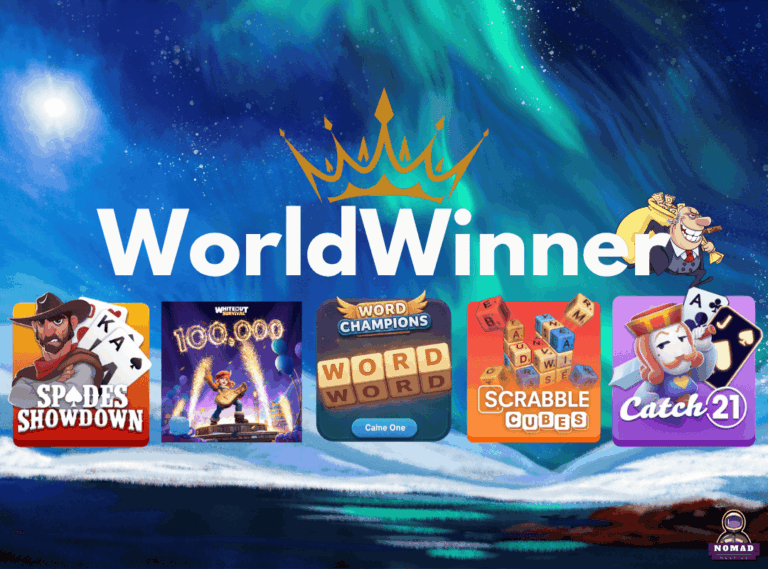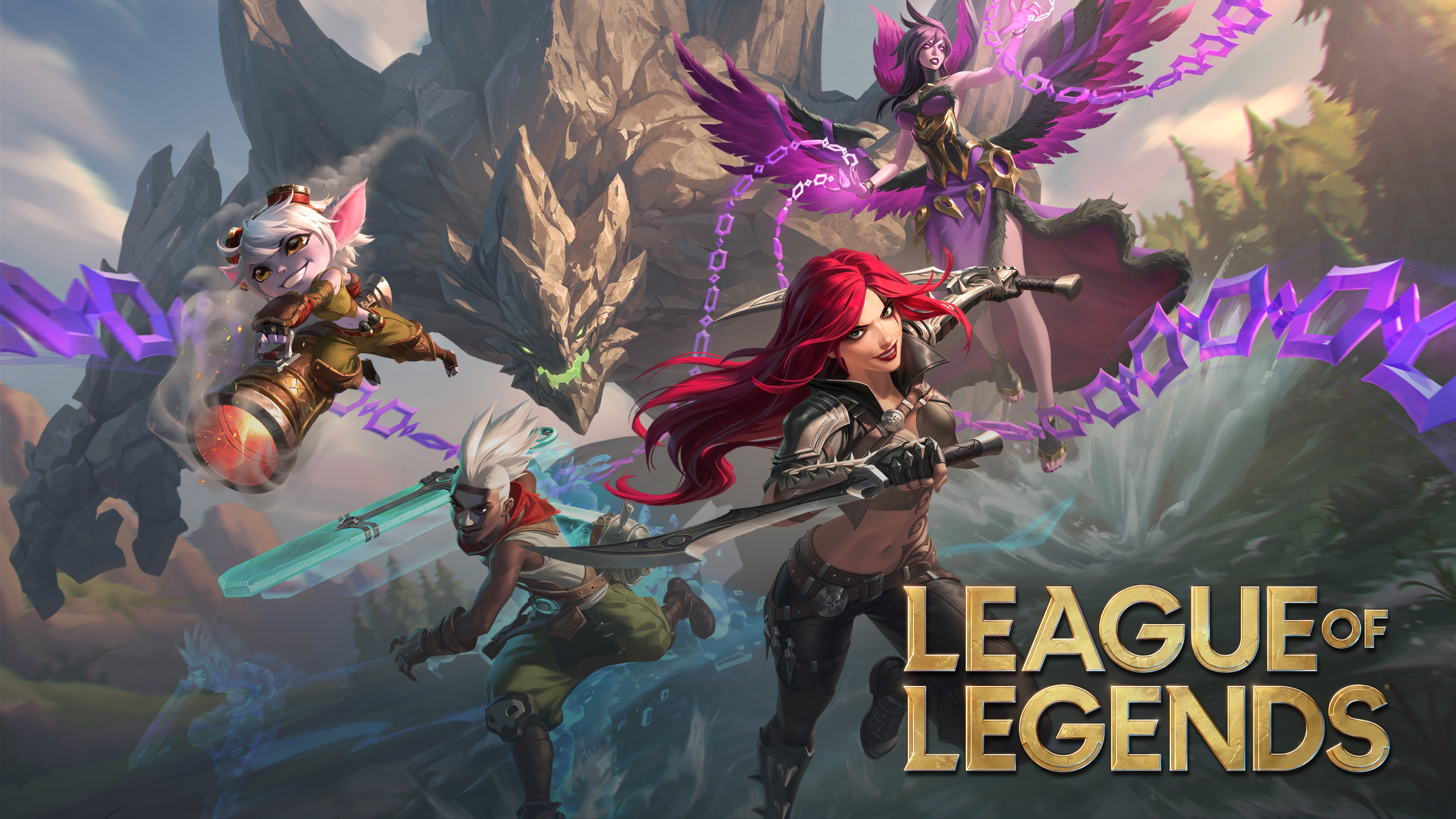
Source: epicgames.com
League of Legends (LoL) is one of the most influential and popular online multiplayer games ever created. Developed and published by Riot Games in 2009, it shaped the modern esports industry and set the standard for competitive gaming worldwide. With over a decade of evolution, League of Legends remains a global phenomenon, combining strategy, teamwork, and skill in an ever-changing digital battlefield.
This detailed guide explores everything about League of Legends-from its gameplay mechanics and champions to its community, esports scene, and cultural impact.
What Is League of Legends?
League of Legends is a Multiplayer Online Battle Arena (MOBA) game where two teams of five players face off in a strategic battle to destroy the opponent’s base, known as the Nexus.
Each player controls a “Champion”, a unique character with distinct abilities, strengths, and roles. The game blends elements of real-time strategy, role-playing, and team coordination.
Players must balance offense and defense-pushing lanes, killing enemy champions, securing objectives, and protecting their own base.
The Core Gameplay League of Legends
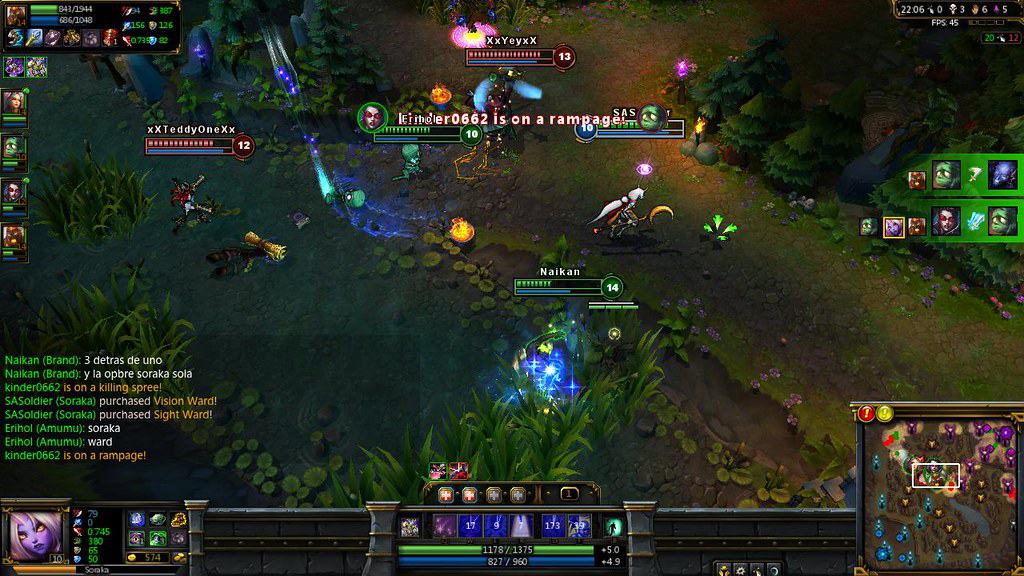
The Map: Summoner’s Rift
The main map, Summoner’s Rift, is divided into three lanes:
Top Lane-usually home to durable fighters or tanks.
Mid Lane-often occupied by high-damage mages or assassins.
Bot Lane includes marksmen (ADC) and support champions.
Between these lanes lies the Jungle, filled with neutral monsters that grant gold, experience, and powerful buffs when defeated.
The Objective
The primary goal is to destroy the enemy Nexus, located deep inside the opposing base.
To reach it, teams must first take down turrets, inhibitors, and enemy champions.
Victory requires not just mechanical skill but also strategic thinking-when to attack, retreat, or secure objectives like Baron Nashor, Dragon, or Rift Herald, which provide game-changing advantages.
Champion Roles and Gameplay Styles
Each of the 160+ champions in League of Legends fits into specific roles that define their playstyle and team function.
1. Top Laners
- Typically, fighters, bruisers, or tanks.
- Focus on one-on-one combat and sustaining pressure on the top side of the map.
- Examples: Darius, Garen, Fiora.
2. Mid Laners
- Usually, mages or assassins deal burst magic or physical damage.
- Responsible for controlling the map and helping other lanes.
- Examples: Ahri, Zed, LeBlanc.
3. Junglers
- Move through the jungle, killing neutral monsters and “ganking” lanes to support teammates.
- Control major objectives like Dragon and Baron.
- Examples: Lee Sin, Evelynn, Warwick.
4. ADC (Attack Damage Carry)
- Main physical damage dealers, typically in the bot lane.
- Weak early game,m,e but strong late game when they build items.
- Examples: Jinx, Kai’Sa, Miss Fortune.
5. Support
- Helps the ADC survive and thrive.
- Provides healing, shielding, crowd control, and vision through wards.
- Examples: Thresh, Nami, Leona.
Game Phases League of Legends

Early Game (Laning Phase)
Players focus on farming minions, gaining gold, and trading hits with enemies. Positioning, last-hitting, and vision control are crucial here.
Mid Game
Teams start grouping for objectives like Dragon or Rift Herald. Coordination and map awareness become vital.
Late Game
One mistake can decide victory or defeat. Teamfights dominate, and a single Baron buff can push the game toward the final Nexus destruction.
The Item System League of Legends
Players earn gold by killing minions, champions, and objectives. Gold is used to buy items that enhance champion st, such as:
- Attack Damage (AD)
- Ability Power (AP)
- Armor / Magic Resist
- Health and Mana Regeneration
Items can significantly alter gameplay. For instance, Infinity Edge boosts critical damage for ADCs, while Zhonya’s Hourglass offers invulnerability for mages.
Strategic itemization-knowing what to buy and when-separates good players from great ones.
The Competitive Scene and Esports League of Legends
League of Legends isn’t just a game -it’s an esports empire. Since 2011, Riot Games has organized professional leagues worldwide, leading up to the annual World Championship, one of the most-watched esports events in the world.
Major regional leagues include:
- LCK (Korea)
- LEC (Europe)
- LCS (North America)
- LPL (China)
Top teams like T1, G2 Esports, Fnatic, and JD Gaming have become household names among esports fans.
The World Championship
Every year, teams from around the globe compete for the Summoner’s Cup and millions in prize money. The event features cinematic production, live music performances, and millions of live viewers-rivaling even traditional sports events.
Visuals and Sound Design League of Legends
League of Legends has evolved dramatically in terms of visuals. The game started with simple character designs, but today features:
- HD graphics and animations
- Dynamic map updates with seasonal changes
- High-quality cinematics showcasing lore and champions
The sound design is equally impressive-from the clash of abilities to orchestral soundtracks that heighten the tension in every fight.
Enjoyed this article? Check out our other posts for more insights! nomadnest28.com/2025/09/10/grand-theft-auto-vi/
The Story and Lore League of Legends
Beyond gameplay, League of Legends offers an expansive universe filled with lore.
The world of Runeterra is home to diverse regions and characters-from the icy tundra of Freljord to the magical city of Piltover. Each champion has a unique backstory, motivations, and relationships.
Riot Games expanded this universe through:
- Cinematics
- Comics and short stories
- The Netflix series Aranch tells the origin story of Jinx and Vi.
Why League of Legends Remains Popular
Despite being over a decade old, League of Legends continues to attract millions of players monthly. Several factors explain its enduring success:
- Constant Updates: Riot regularly releases new champions, skins, and gameplay changes to keep the game fresh.
- Balanced Competition: The ranked system motivates players to climb and improve.
- Free-to-Play Model: Anyone can play without paying, though cosmetics can be purchased.
- Community Engagement: Events, collaborations, and crossovers maintain interest.
- Esports Appeal: Watching professionals play inspires players to learn and compete.
Challenges and Criticisms of League of Legends
Like all major games, League of Legends faces its share of issues:
- Toxic behavior in the community.
- Steep learning curve for beginners.
- Meta changes make it hard to stay consistent.
- Addiction concerns, as matches can last over 40 minutes.
Riot Games continues to address these problems through better reporting systems, player reform programs, and gameplay balance updates.
The Future of League of Legends
Riot Games shows no signs of slowing down. The company continues expanding the LoL universe through:
- New spin-offs like Legends of Runeterra, Teamfight Tactics, and Ruined King.
- The Arcane Series Season 2, deepening the lore of Runeterra.
- Next-gen updates, improving performance, visuals, and cross-platform support.
The game’s longevity comes from its ability to adapt, evolve, and reinvent itself-ensuring that League of Legends remains one of the most iconic titles in gaming history.
Conclusion
League of Legends is more than just a MOBA-it’s a cultural powerhouse that has redefined online gaming and competitive esports. Its mix of strategy, teamwork, and skill continues to captivate millions worldwide.
Whether you’re a newcomer learning the ropes or a veteran chasing rank, every match in League of Legends offers a new challenge, a new story, and a chance to prove your mastery on the Rift.
